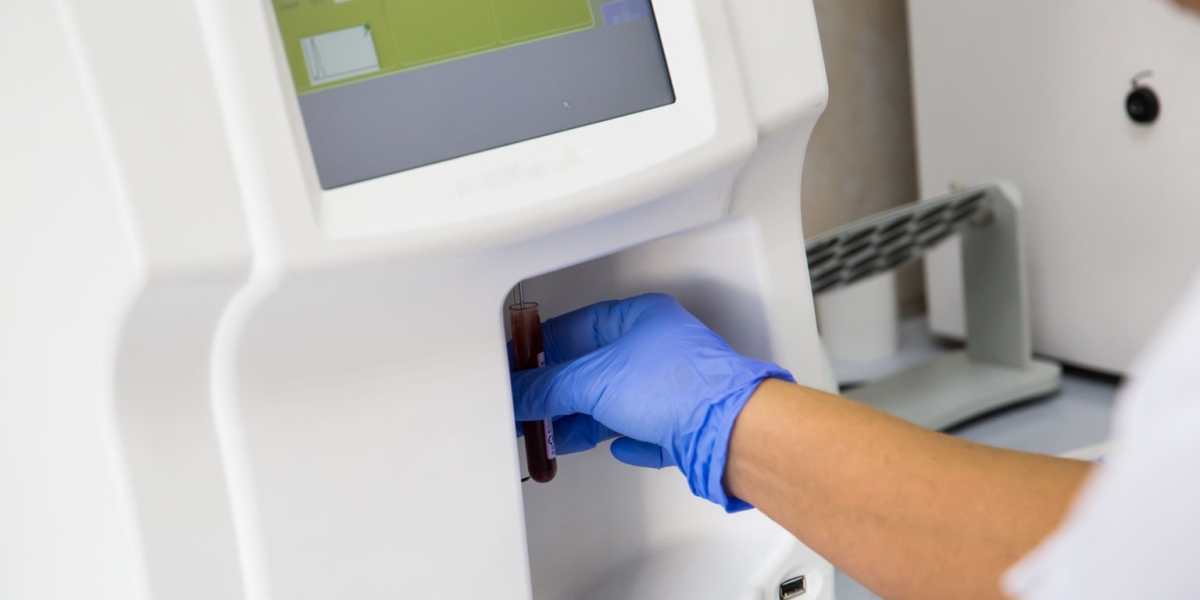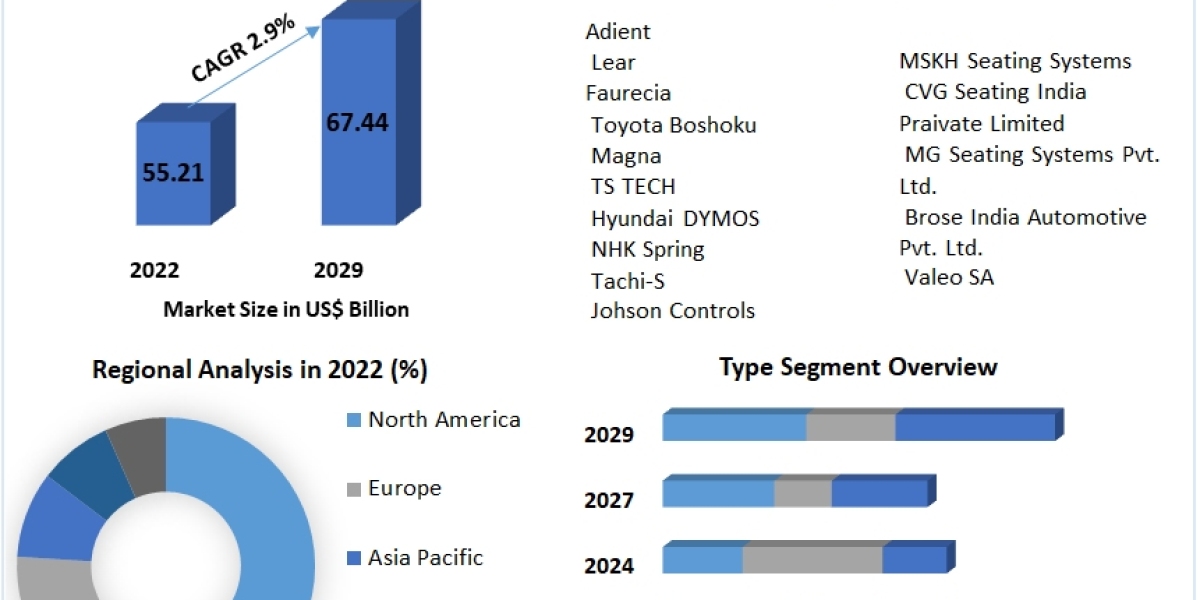Using a sample of blood drawn from the syringe, blood gas analyzers determine the pH, partial pressures of carbon dioxide and oxygen, and both. A bicarbonate concentration is also calculated. The average time to interpret these data is five minutes. In order to evaluate lung function, an arterial blood gas analysis (ABG) measures the blood's carbon dioxide to oxygen ratio. It measures the blood's acid-base balance as well. Your kidneys and lungs work together to keep your acid-base balance stable.
Blood gas analyzers are indispensable diagnostic tools in modern medicine, used to measure the partial pressures of oxygen (PaO2) and carbon dioxide (PaCO2) as well as blood pH levels. These measurements are crucial for assessing a patient's respiratory and metabolic status, allowing healthcare providers to make informed decisions about treatment and management. Blood Gas Analyzers are commonly found in intensive care units (ICUs), emergency departments, operating rooms, and other critical care settings.
Importance of Blood Gas Analysis
Blood gas analysis provides essential insights into a patient’s acid-base balance, oxygenation, and ventilation status. For patients with respiratory conditions like chronic obstructive pulmonary disease (COPD), asthma, or acute respiratory distress syndrome (ARDS), maintaining optimal levels of oxygen and carbon dioxide in the blood is critical. Blood gas analyzers enable clinicians to monitor these levels accurately and in real-time, facilitating timely interventions that can significantly improve patient outcomes.
In addition to respiratory conditions, blood gas analysis is vital in managing patients undergoing surgery, those in critical care, and newborns in neonatal intensive care units (NICUs). It helps detect imbalances that could indicate underlying issues, such as metabolic disorders, kidney dysfunction, or sepsis, allowing for prompt and appropriate medical responses.
Technological Advancements in Blood Gas Analyzers
Over the years, blood gas analyzers have evolved significantly, incorporating advanced technologies that enhance their accuracy, speed, and usability. Modern blood gas analyzers are equipped with features such as automated calibration, integrated data management systems, and connectivity options that streamline clinical workflows and reduce the risk of errors.
One of the notable advancements is the development of portable blood gas analyzers. These compact devices enable point-of-care testing (POCT), allowing healthcare professionals to perform blood gas analysis at the patient's bedside. This immediate access to results is particularly beneficial in emergency situations where time is of the essence.
Furthermore, the integration of blood gas analyzers with electronic health records (EHRs) has revolutionized the way patient data is managed and utilized. This integration ensures seamless data transfer, enhancing the accuracy and efficiency of clinical documentation and enabling better coordination of care.
Leading Manufacturers and Innovations
Several companies are at the forefront of developing and manufacturing blood gas analyzers, constantly pushing the boundaries of innovation to improve diagnostic accuracy and patient care. Key players in this field include Siemens Healthineers, Roche Diagnostics, Abbott Laboratories, and Radiometer.
Siemens Healthineers offers a range of blood gas analyzers designed to deliver fast and reliable results. Their devices are known for their robust performance, ease of use, and advanced features such as automatic quality control and data integration capabilities. Roche Diagnostics, another industry leader, focuses on developing user-friendly analyzers that provide accurate and consistent results, supporting optimal patient management.
Abbott Laboratories and Radiometer are also renowned for their contributions to the field. Abbott's i-STAT system, for example, is a portable, handheld analyzer that offers a comprehensive menu of tests, including blood gas, electrolyte, and hematology measurements, making it a versatile tool for point-of-care testing. Radiometer’s ABL series is highly regarded for its precision and reliability, widely used in critical care settings around the world.
Trends Shaping the Future of Blood Gas Analysis
The field of blood gas analysis is continuously evolving, influenced by several key trends. One significant trend is the growing demand for point-of-care testing. POCT not only provides rapid results but also reduces the need for sample transport and processing, which can delay diagnosis and treatment. The convenience and efficiency of POCT are driving its adoption across various healthcare settings, from emergency departments to home care.
Another trend is the increasing emphasis on patient-centric care. Blood gas analyzers that offer quick, accurate results with minimal sample volume contribute to a better patient experience. The development of analyzers that can measure additional parameters, such as lactate and hemoglobin, from a single sample further enhances their utility in providing comprehensive patient assessments.
The push towards digital health solutions and interoperability is also shaping the landscape of blood gas analysis. The integration of blood gas analyzers with hospital information systems (HIS) and EHRs not only improves data accuracy and accessibility but also supports the implementation of clinical decision support systems (CDSS). These systems can provide real-time alerts and recommendations based on the blood gas results, aiding clinicians in making informed decisions.
Regional Adoption and Usage
The adoption and utilization of blood gas analyzers vary across different regions, influenced by factors such as healthcare infrastructure, economic development, and disease prevalence. In North America, the widespread use of advanced healthcare technologies and the high prevalence of chronic respiratory diseases drive the demand for blood gas analyzers. The United States, in particular, has a significant number of healthcare facilities equipped with these diagnostic tools, supported by substantial healthcare spending and favorable reimbursement policies.
In Europe, countries like Germany, the United Kingdom, and France are prominent users of blood gas analyzers. The region’s emphasis on quality healthcare, coupled with strong industrial capabilities, supports the extensive use of these devices. Additionally, government initiatives aimed at improving healthcare services and patient outcomes further boost the adoption of blood gas analyzers.
The Asia-Pacific region is experiencing rapid growth in the utilization of blood gas analyzers, driven by expanding healthcare sectors and increasing investments in healthcare infrastructure. Countries such as China, Japan, and India are witnessing a rising demand for advanced diagnostic tools, including blood gas analyzers, to address the growing prevalence of respiratory diseases and the need for better patient management.
Blood gas analyzers are indispensable tools in modern healthcare, providing critical information for the diagnosis and management of respiratory and metabolic conditions. Technological advancements have significantly enhanced the capabilities of these devices, making them more accurate, efficient, and user-friendly. Leading manufacturers like Siemens Healthineers, Roche Diagnostics, and Abbott Laboratories continue to innovate, ensuring that blood gas analyzers meet the evolving needs of healthcare providers.
Trends such as the increasing demand for point-of-care testing, the focus on patient-centric care, and the integration with digital health solutions are shaping the future of blood gas analysis. As healthcare systems around the world strive to improve patient outcomes and operational efficiency, blood gas analyzers will remain essential, contributing to the advancement of medical diagnostics and patient care.
Get more related content on Blood Gas Analyzers
Get more insights on Blood Gas Analyzers









